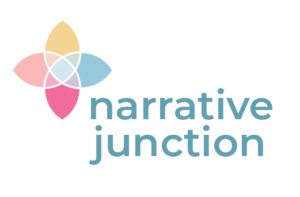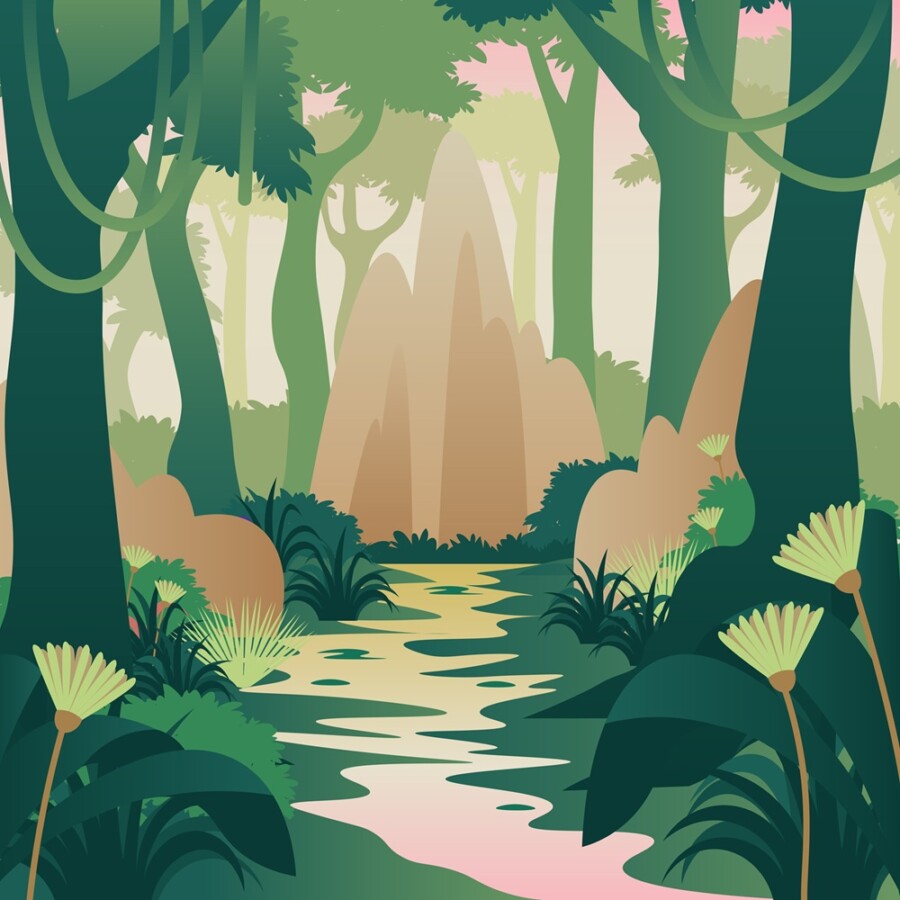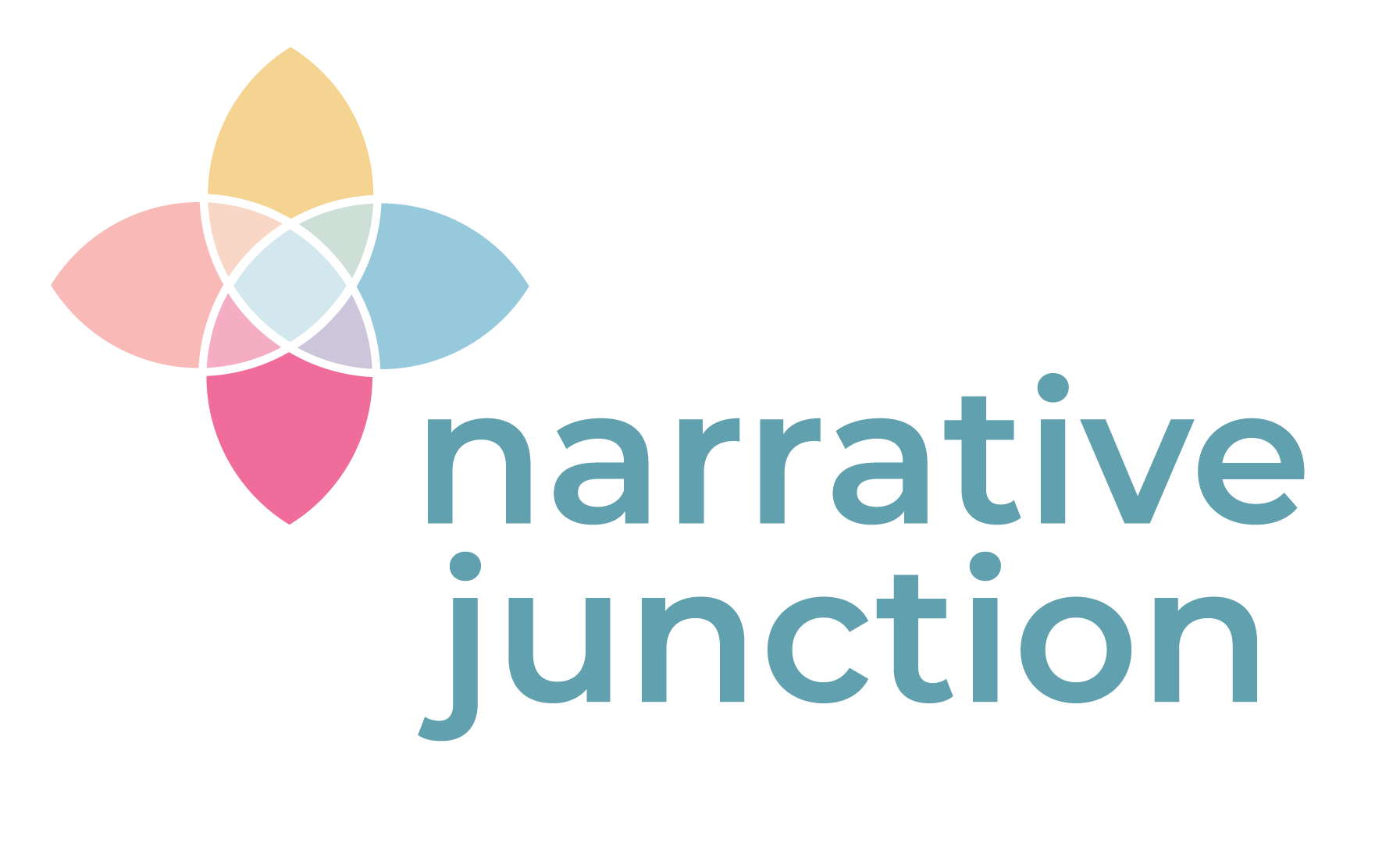
How I explore theme through developmental fiction editing
If your manuscript feels like a tangled garden of ideas, you’re not alone. Many first-time authors wrestle with rich plots, layered characters, and vivid worlds, but aren’t sure what their novel is really about beneath it all.
That’s where theme comes in, and it’s a key element I search for as a fiction editor. It’s the quiet heartbeat of your story, the thread that ties everything together, and without it, your story may look leafy on the surface but lack roots underneath.
Creating your emotional root system
Theme isn’t your plot or your premise, it’s the deeper idea that everything else grows around. Sometimes it’s a question. Sometimes it’s a feeling. Often, it’s the very reason you started writing the book, even if you didn’t realise it at first.

Cover image © Faber UK
In literary fiction, themes might explore grief, identity, belonging, or memory. In dystopian fiction, you may dig into power, control, resistance, or survival.
As an editor, I look at the shape of your story, the choices your characters make, and the emotional threads running underneath. I ask: what’s rising to the surface here? What’s lingering in the background?
Take Never Let Me Go by Kazuo Ishiguro. On the surface, it’s a story about three students in a mysterious school. But its theme – mortality and the fragility of what makes us human – quietly underpins every moment.
That’s the kind of resonance I can help you bring forward in your own story.
Exploration during an edit
Your theme will unlikely arrive clearly labelled! And that’s perfectly normal. Through close reading, pattern spotting, and thoughtful questions, it’s good to notice:
- What your characters are circling or resisting
- Emotional moments that carry more weight than plot turns
- The core question your story keeps asking
Sometimes, the theme is what aches. It’s the knot you’re trying to untangle, the thing that led you to the page in the first place.
Let it shape your next steps
Once your theme is in sharp focus, we can strengthen it with intention by:
- Developing character arcs that reflect or challenge the theme
- Trimming scenes that don’t feed into the emotional centre
- Reshaping the structure so the story unfolds with more meaning
The aim isn’t to overexplain or be heavy-handed. It’s to let the story feel rooted, so every element, character, setting, and pace feels part of something whole.
Moving beyond your manuscript
A well-tended theme doesn’t just influence your writing; it can shape how your book is positioned and presented. And that includes the cover.
If you’re planning to work with a designer, thinking about it early can help:
- A single image, symbol, or colour can reflect the heart of your novel
- Recurring motifs or moods from your manuscript can inform the visual tone
- Strong covers often echo emotion, not plot
Bringing your theme into the design conversation can create a book that not only looks beautiful but feels true to the story inside.
Consider:
- The Power by Naomi Alderman: The bold use of direct eye contact echoes the novel’s themes of female rage and shifting power dynamics.
- The Road by Cormac McCarthy: Stark, minimalist design reflects the bleak, stripped-back journey of survival and love.
- On Earth We’re Briefly Gorgeous by Ocean Vuong: A tender photo of an embrace beautifully hints at the novel’s themes of memory, identity, and fragility.
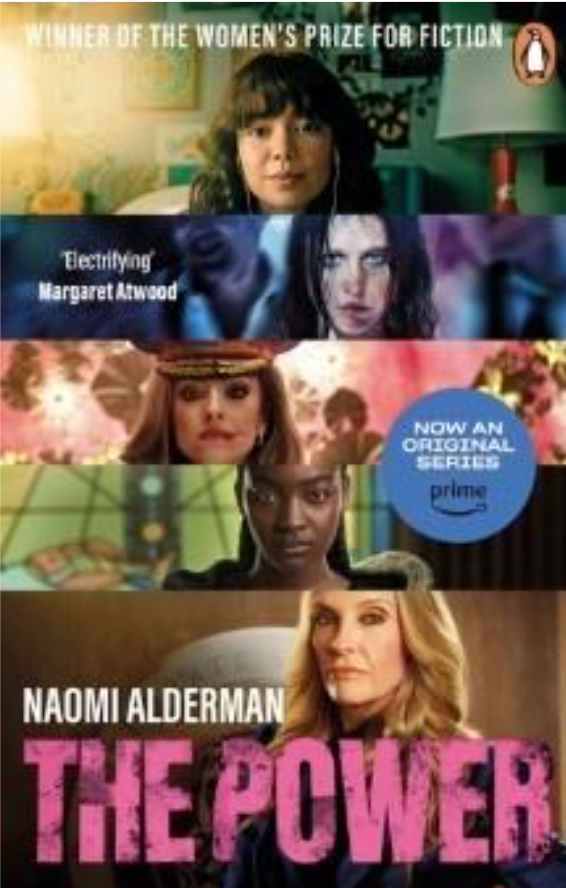
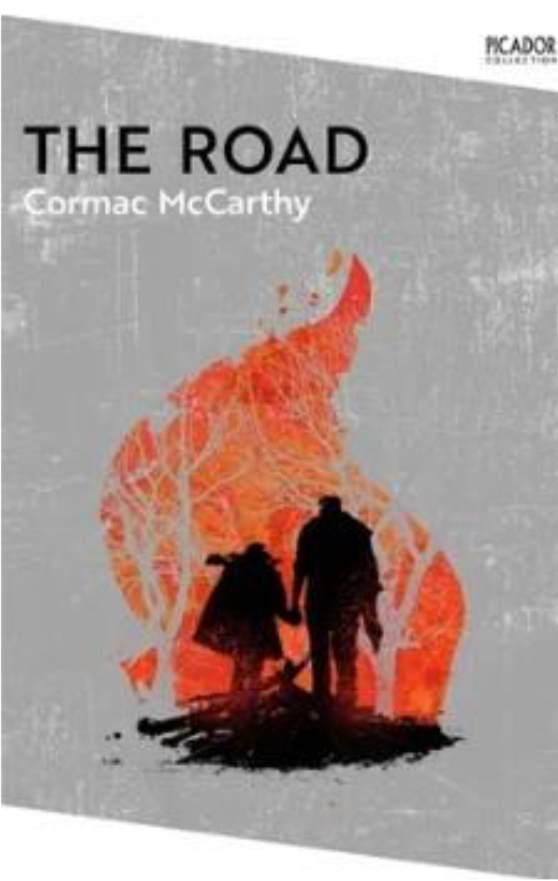
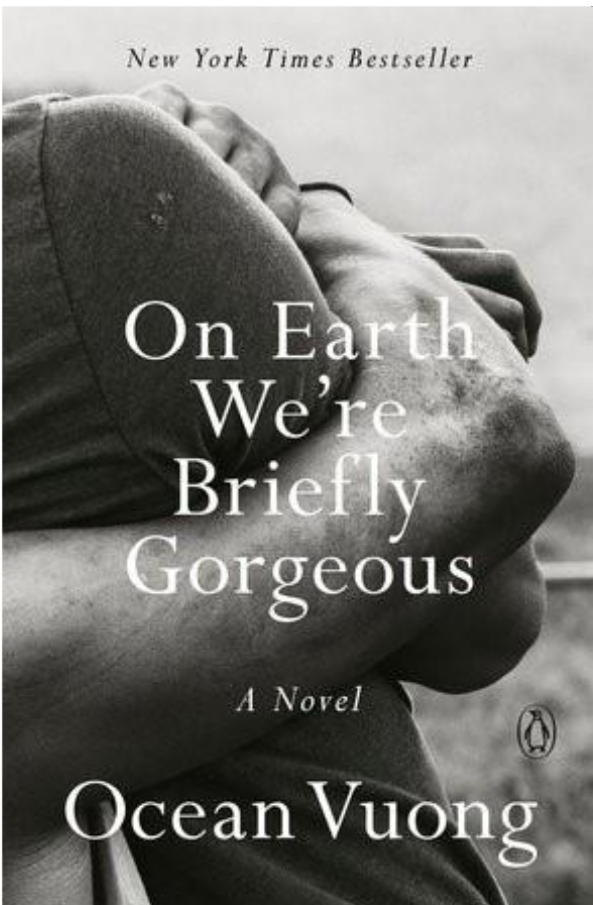
Cover images © Penguin UK, Pan Macmillan 2025, and Penguin Random House US (respectively).
A seed of resonance
Finding and nurturing your novel’s theme may feel like quiet work, but it’s what helps your story bloom into something readers want to hold onto. Whatever your genre, meaning matters, and a well-tended theme will anchor your narrative and shape everything from plot to design.
If you’re a first-time author, this discovery could be a turning point. The theme becomes the soil from which every other part of your story grows.
Want to explore this topic further?
Take a deep plunge into book covers and themes on my Instagram channel’s Cover and Core series, which drops every Thursday. Be inspired!
Learn how studying novels like North Woods can sharpen your structure, voice and storytelling. Spot the tools behind the scenes and use them in your work.
Uncover the hidden heartbeat of your novel. This blog explores how theme shapes plot, character and cover design, and how developmental editing can help your story grow.
